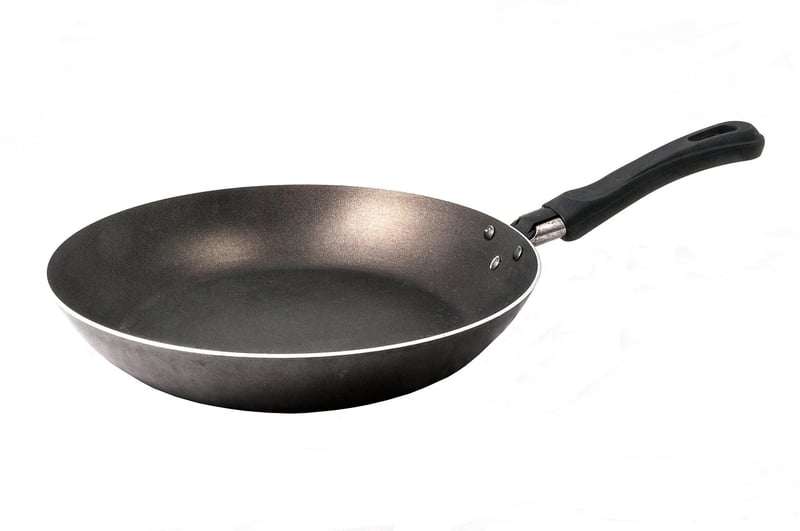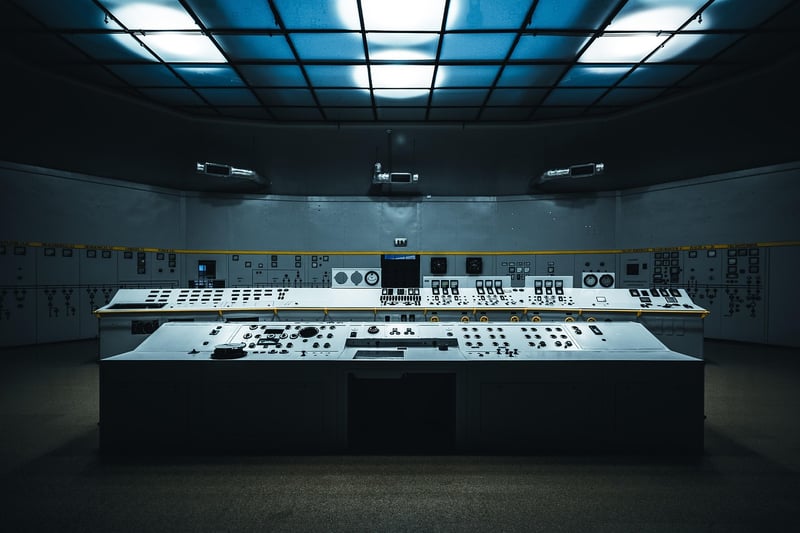Temperature Control
Enhance Your Culinary Knowledge and Skills with Proper Temperature Control
Are you looking to take your cooking to the next level? One essential aspect that can significantly impact your culinary creations is proper temperature control. Understanding how different temperatures affect various ingredients and dishes is key to mastering the art of cooking. Let's delve into the importance of temperature control in the kitchen and how you can use it to elevate your dishes.
The Role of Temperature Control in Cooking
Temperature control is not just about knowing when to turn up the heat or lower the flame. It involves precision and understanding how different temperatures can affect the taste, texture, and overall outcome of your food. Whether you are baking, grilling, sautéing, or simmering, maintaining the right temperature is crucial for a successful dish.
Benefits of Proper Temperature Control
1. Flavor Development: The right temperature can enhance the flavors of your ingredients, bringing out their natural tastes and aromas.
2. Texture: Temperature control can help you achieve the desired texture in your dishes, whether you want a crispy crust or a tender, juicy interior.
3. Food Safety: Cooking at the correct temperature ensures that your food is safe to eat by killing harmful bacteria and pathogens.
4. Consistency: By maintaining consistent temperatures, you can replicate your dishes with the same great results every time.
Tips for Effective Temperature Control
- Invest in a reliable kitchen thermometer to accurately measure the temperature of your ingredients and cooking environment.
- Follow recipes that specify cooking temperatures and times to achieve the best results.
- Preheat your oven and pans to the recommended temperature before cooking to ensure even cooking.
- Adjust the heat as needed during cooking to prevent burning or undercooking.
- Allow meat to rest after cooking to let the juices redistribute and ensure a juicy result.
Explore and Experiment
Now that you understand the importance of temperature control in cooking, don't be afraid to experiment with different temperatures and techniques in your kitchen. Try roasting at a lower temperature for longer or searing at a high heat to discover new flavors and textures in your dishes.
Remember, practice makes perfect, so keep honing your temperature control skills to become a master in the kitchen!

Enhance your culinary knowledge and skills with the power of temperature control!
